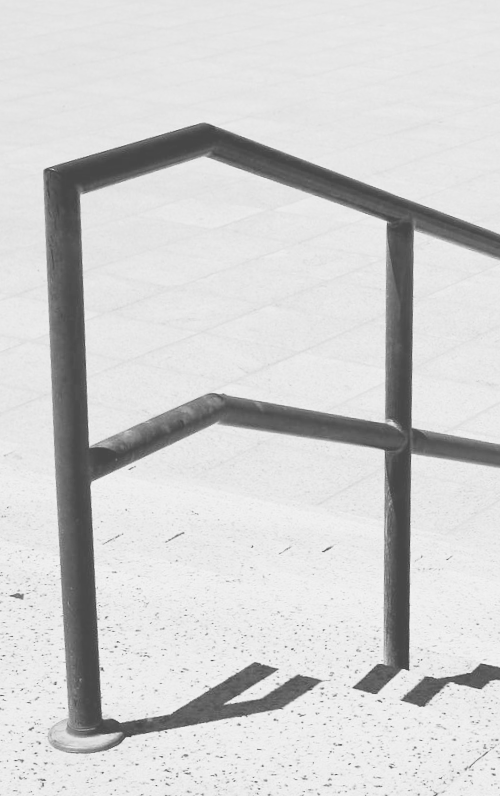
Metal Handrails
Handrails are structures designed to ensure stability and support. Metal handrails are commonly used in industrial buildings for servicing platforms and different types of stairways as well as machinery in various types of access stairs to avoid falls and injuries. Handrails are usually manufactured of round and square tubes.
Handrails are one of the key elements of buildings to prevent injuries from falls. Years of experience and continuous development allow us to offer you the metal structures of highest quality of Execution Class 2 (EXC2) in accordance with the requirements of EN 1090-2:2018+A1.
Pursuant to the Technical Construction Regulation 2.02.02:2004 of the Republic of Lithuania, the height of partition handrails and balustrades shall be at least:
- 0.90 m for stair flights and landings
- 1.20 m for outdoor stair flights and landings
- 1.20 m for primary education institutions, general education and boarding schools (primary year departments)
- 1.50 (1.80) m for stair flights and landings at education institutions for children with special needs (blind, partially sighted, mental disabilities
- 1.0 m for balconies and loggias in buildings of < 30 m in height
- 1.10 m for balconies and loggias in buildings of > 30 m in height
- 1.20 m for walkways, galleries, terraces
- 0.60 m for parapets, fences of unused roofs
Technical characteristics of metal handrails
| Element | Materials / control |
|---|---|
| Materials | Carbon steel, S235, S275, S355 |
| Surface preparation | In accordance with EN ISO 8501-1, preparation grade P2, Surface preparation Sa2,5. |
| Anti-corrosion coating |
|
| Nondestructive inspection |
|

 EN
EN

 Metalinė plokštelė su pasirenkamais parametrais
Metalinė plokštelė su pasirenkamais parametrais

 Inserts
Inserts